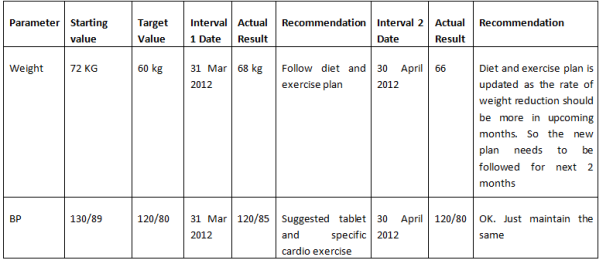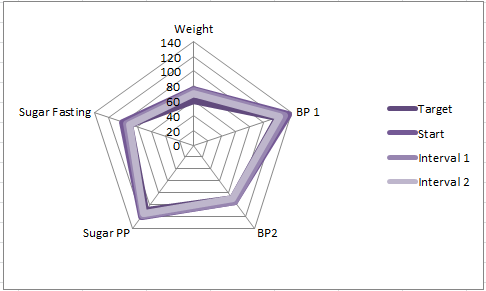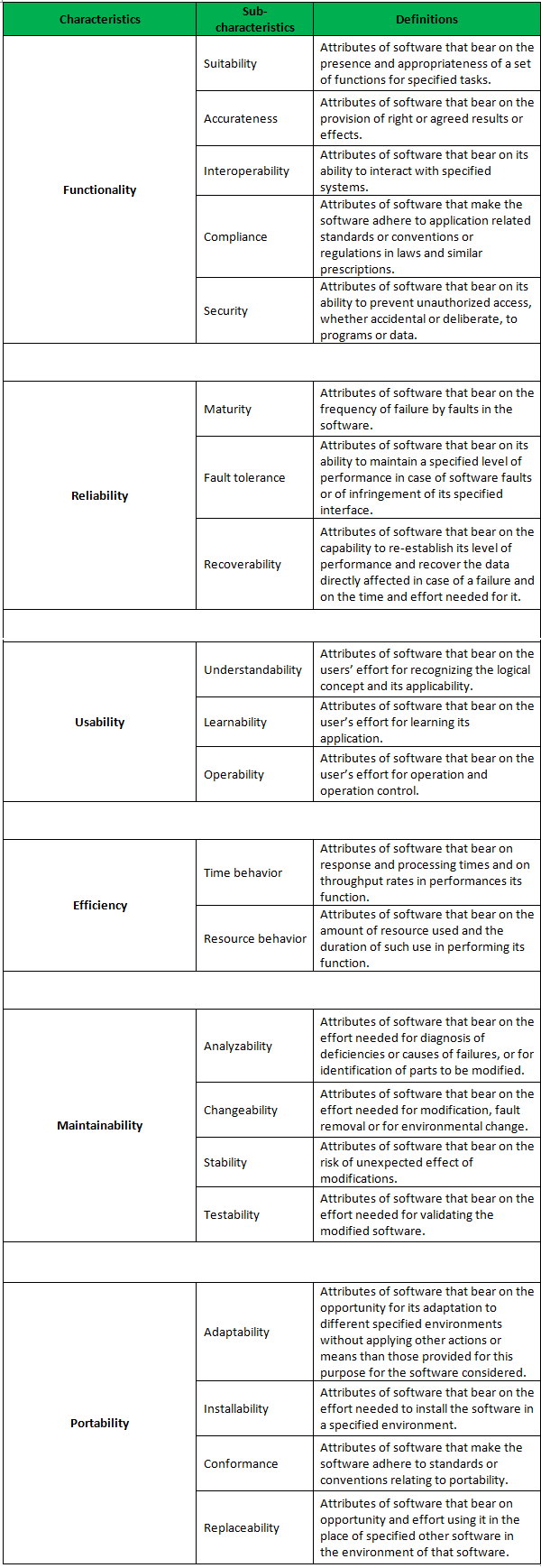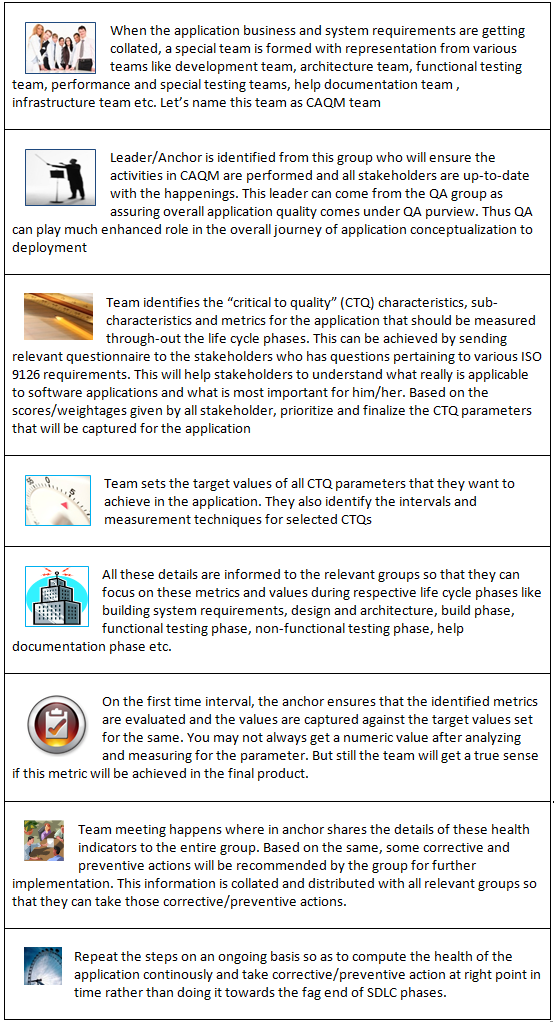Being the serialized story of Brian Allen and Ann Brady, business analysts, and their Adventures in the New Oder of Agile
Excerpted from the forthcoming book from John Wiley, The Agile Business Analyst due out the end of 2013
Chapter 6: Wherein Verna addresses the business analysts and their final fate is known while Brian searches for the right theme song.
Brian saw Ken and Sandra walking slowly toward them from the end of the corridor with measured pace. He and Ann were walking toward them with the same measured pace. The corridor had emptied out. Brian heard the whistling trill from the theme song to “The Good, The Bad, and the Ugly” echo in his head as they approached each other. He immediately thought that he was at a disadvantage since he still had his backpack slung over his shoulder. “I got my updated resume in my backpack, just in case,” Brian whispered to Ann as they walked. She nodded.
Then Ken and Sandra turned to their left down an intersecting hallway. Brian and Ann turned left seconds later to follow them. Still no words were spoken. It was the way of Verna. The whistling in Brian’s head was now replaced by the bubbly, somewhat inane tune, “We’re off to see the Wizard…” and he looked at the floor to see if there were yellow tiles.
They turned left again and then right along passageways and halls that seemed to become narrower as they proceeded. Brian realized that he and Ann were in a sector of the Organization’s Headquarters that they had never been in before and didn’t even know existed. The theme song to :”The Twilight Zone” snaked into Brian’s brain replacing the jovial image of Oz with the dour visage of Rod Serling.
Finally they came to The Door. Sandra pressed a button and passed her badge over a green light and The Door opened. Inside was a large well lit antechamber with several desks with people busy doing things people do at desks, a couple of conversation areas and three doors leading to other offices. Brian wondered if he were going to get to pick which door Verna was behind.
Sandra led them to the left hand door and opened it after knocking. When the door opened everyone behind the desks stood up at attention. Ann, Ken and Brian entered the room. Sandra did not. She closed the door behind them. This was Verna’s office.
“Welcome, I’ve been expecting you,” came a disembodied voice that was strong and authoritative but seemed to carry with it a smile of understanding and empathy. The three looked around the large office, darkened by heavy drapes over the windows, and could not immediately see the source of the voice.
“Please, have a seat.” There were three chairs in front of the executive desk in the center of the room and an empty black executive swivel chair behind it. Then they saw Verna standing at the corner of the desk.
When Brian saw Verna he realized why she was rarely seen around the organization. She was 4’9” in height and was barely visible behind the large desk. He imagined her sneaking unseen around the corridors of the organization, and the theme song to The Pink Panther crept into his head. Verna pulled herself into the executive chair and they could see her clearly. She had short page-boy length hair and was of indeterminate age although her face spoke of volumes of experience in the corporate political wars.
“First of all,” Verna said. “I want to let you know that I am completely in favor of the entire concept of agile: agile software development, agile management, agile organization. I have been in favor of it long before it was agile. Back in the day being agile as you describe it now was just business as usual. We in the corporate world have lost touch with our ability to respond, to be flexible, to take chances and risks, and to make things up as we go. Management has a few set backs or failures along the way and suddenly we are all worried about risk management and making sure that there is a paper trail we call documentation to absolve us of blame. We all had the agile spirit at least once, when we were start ups – as organizations or when we first started up in the business field. But as things went on we lost it. So, now if we have to call it agile and take a slap in the back of the head or a glass of cold water in the face to wake us up, then I’m all for it. And that includes all of the precepts, such as removing the business analyst from between the business person with the problem and the development team with the solution.”
This pronouncement deflated Brian and Ann. Brian let his backpack slide to the floor next to his chair.
“You don’t need to pull your resume out of the backpack as yet, Mr. Allen,” said Verna with a smile.
Brian looked up and over at Ann. His face said “how did she know that?” Her faced responded with “Lucky guess, maybe?” He noticed out of the corner of his eye that Ken was smiling in apparent victory.
“I am talking about removing requirements as we know them: This absurd process of creating long documents followed by lengthy confirmation processes and approvals by executives who don’t even read the bloody thing, and then making changes which also require confirmation and approval are absurd. We need to be more flexible, fluid and responsive, and requirements documents do not get us there. There is too much time spent in arguing about how a requirement is written and the meaning of the words in the document than in defining what is necessary to be done to solve the problem.”
Now Brian could see Ken’s grin growing wider. Ann was looking down and nodding. Brian found that there was nothing that Verna was saying that he could disagree with. He had felt for a long time that defining requirements was a small and sometimes trivial part of his job, but he had always assumed it was necessary. After all, what is a business analyst without requirements? The Business Analysis Body of Knowledge seemed to be all about requirements as the Project Management Body of Knowledge was all about structure and documentation. And he knew; he had his PMP although he wasn’t sure anymore why he had it.
“But,” said Verna, interrupting Brian’s reverie, “That does not mean at all that we are considering eliminating the business analyst. The business analyst is vital to the success of this organization, more so than the technologists who develop the software solutions.” She aimed her last comment at Ken whose smile froze on his face and then fell into his lap. Ann looked up at Verna with a question on her face.
“Let me highlight the job you two have been doing for the organization. It hasn’t gone unnoticed,” Vern continued. “You have helped Marketing, especially Dmitri, many times over the past by ensuring that their initiatives mesh well with the rest of the organization and are aligned with our overall strategic goals. Marketing has a reputation for focusing only on what is necessary to achieve their goals without regard for the rest of the organization. And that is good. Without them we don’t go anywhere. But we need someone to provide an overall business view to what they are doing, and you have been doing that.
“The information you assembled and the analysis you provided on our strategic build or buy situation is going to save us a lot of money and contribute significantly to the success of Backbone. There will be less coding that has to be done…sorry, Ken…which means that parts of the overall system will come up sooner than expected giving us significant competitive advantage and return. And we thank you for those efforts.”
“We were just doing our job,” muttered Ann, still bewildered at Verna’s comments.
“And that, my dear, is my point, you are doing your job,” responded Verna. “I also personally like the way you keep asking questions, even in the face of rampant enthusiasm, especially on the part of Marketing. You also challenge the technologists’ assumptions and the ‘no problem syndrome’. You apply upfront critical thinking which has saved this organization thousands in miscommunication and rework costs. I know anything “upfront’ is considered suspect by the agile authorities, but I tend to be old school and believe that any process that makes things work more efficiently is worthwhile no matter where it occurs or what you call it. And I particularly like the way you do it without a lot of paperwork, overhead or ceremony.
“You facilitate meetings and get problems addressed and solved. You effectively deal with conflicts, especially between IT and the business units and between the business units themselves. Unfortunately many of those conflicts are about how requirements are phrased, but we may have eliminated that source of conflict with this agile product development approach. You seem to be able to get the best out of people when you are around, helping them achieve their goals. You were instrumental in providing the information and argument that convinced Carl that his precious system needed to be replaced and not maintained.
“You have taken the time to keep up to date not only on technology so you can understand the technologists, but also the business side so you understand business jargon. And I’ve noticed that you don’t spend time just translating one set of jargon to the other, but facilitate the interactions between the suits and the nerds so that each will become more familiar with the other’s domain. Very good. Of course, it has led to the current demand by Ken and his cronies that you be removed from the ‘middle’. So you unwittingly were part of your own demise in that regard.
“I also noticed that people around the organization seem to call on you when they have problems and you are able to help them define what their real problems are and help them come up with solutions, even when those solutions do not involve software development or even IT at all.”
“But they work for IT,” Ken pointed out. “They should be defining IT solutions.”
Verna affixed a withering stare at Ken. He seemed to shrink in his chair until he seemed to be shorter than Verna. “They do not work for IT, sir. They work for the organization.”
Brian and Ann shared glances. They never assumed anything else.
“The bottom line is that business analysis is here to stay. What you do is the real backbone of the organization. You provide independent and objective information to the decision makers, define and solve business problems, improve business processes and make a multitude of other contributions..”
Ken appeared to have one more protest up his sleeve. “I was given the direction by Vince and others that we all have to be agile. The entire organization is going agile.”
“Yes, I believe that is true, and as I clearly stated, I am in agreement with everyone going agile. But these business analysts, for all intents and purposes, sir, are already agile. They are responsive, flexible, focus on the problems of the entire organization, collaborate at all times and facilitate collaboration wherever possible, and work to get the business customers with problems and the IT or other teams with solutions together to add value to the organization. How much more agile can you get, sir? I believe if you go back and look at your recent history, you will see that business analyst laid the groundwork for successful agile organizations.
“I would say, Mr. Allen and Ms. Brady, that you are certainly agile as far as the organization is concerned, at least as agile as the developers working with Scrum. So, since IT has decreed that they don’t seem to have any use for you, replacing your requirements definition duties with the agile process, then what I want is that you work directly for me. You will remain business analysts. And your scope will be the entire organization. I envision an entire team of business analysts moving the organization strategically, tactically, and competitively forward”
There was a long pause as Brian and Ann let the directive sink in.
“I have spoken,” commanded Verna, ending the meeting. \
Outside in the hallway, Ken nodded to them and bid them well and said that it was clear that he would be working with them on upcoming projects, including Backbone. He did not seem to bear any ill will. In fact, Brian almost sensed that Ken now welcomed their participation in the agile community as business analysts. But then, that remained to be seen.
As they stood in the lobby of Verna’s offices, Brian looked at Ann. “Do you know the way back?”
Ann replied, “I left the bread crumbs.”
“Looks like everyone is safe.”
“Yes, we did it. And we got to meet with Verna.”
“Hey, did you notice? No strange silences and eerie feelings when you said her name.”
“Yes. I wonder if it’s just because we met her or because we now know her real stature. She’s small, you know?”
A disembodied voice came out of hidden speakers someplace near where they were standing in the lobby of Verna’s area. “I heard that, Ms. Brady.” It was unmistakably Verna. They looked at each other and scurried out of the area and through The Door.
“How did…?” whispered Brian. Ann shrugged.
“Well for one thing,” said Brian, still keeping his voice soft as they moved down the hall. “This is going to be really challenging and very interesting.”
“Yes. And we love it that way. We are, after all, business analysts.”
Don’t forget to leave your comments below.


 Today’s software applications are fundamentally different in nature as compared to what we have seen them till very recently. It is primarily in terms of how they are being developed, their complex architecture, variety of usage by end users, varying needs of users from the applications and its ability to sustain to big data needs. So it is of paramount importance that the applications are envisaged rightly for these needs and are ensured that it is getting rightly built throughout the life cycle phases of the same i.e. conceptualize to deployment. Continuous Application Quality Management (CAQM) is simple approach that will help all the software application teams to join hands and ensure the right application with right quality is delivered thought the life cycles. The testing team OR quality assurance team can play extremely important role in the same by providing right orchestration and collaboration of various independent teams of software development like BA, designer, architects, user experience team, QA, developers and many others. This article reveals the CAQM approach with some relevant tips and tricks of how to go about it.
Today’s software applications are fundamentally different in nature as compared to what we have seen them till very recently. It is primarily in terms of how they are being developed, their complex architecture, variety of usage by end users, varying needs of users from the applications and its ability to sustain to big data needs. So it is of paramount importance that the applications are envisaged rightly for these needs and are ensured that it is getting rightly built throughout the life cycle phases of the same i.e. conceptualize to deployment. Continuous Application Quality Management (CAQM) is simple approach that will help all the software application teams to join hands and ensure the right application with right quality is delivered thought the life cycles. The testing team OR quality assurance team can play extremely important role in the same by providing right orchestration and collaboration of various independent teams of software development like BA, designer, architects, user experience team, QA, developers and many others. This article reveals the CAQM approach with some relevant tips and tricks of how to go about it.




 Strategic planning is an exercise in gathering and documenting information about the past, present and future of your business. Strategic planning helps determine where you want to go over the next few years, how you are going to get there and how to recognize when you’ve arrived.
Strategic planning is an exercise in gathering and documenting information about the past, present and future of your business. Strategic planning helps determine where you want to go over the next few years, how you are going to get there and how to recognize when you’ve arrived.
 Answer to last month’s question: Change the “head of the fish” to balance benefit as well as cost. Example: “Why does internal service impact profitability?
Answer to last month’s question: Change the “head of the fish” to balance benefit as well as cost. Example: “Why does internal service impact profitability?